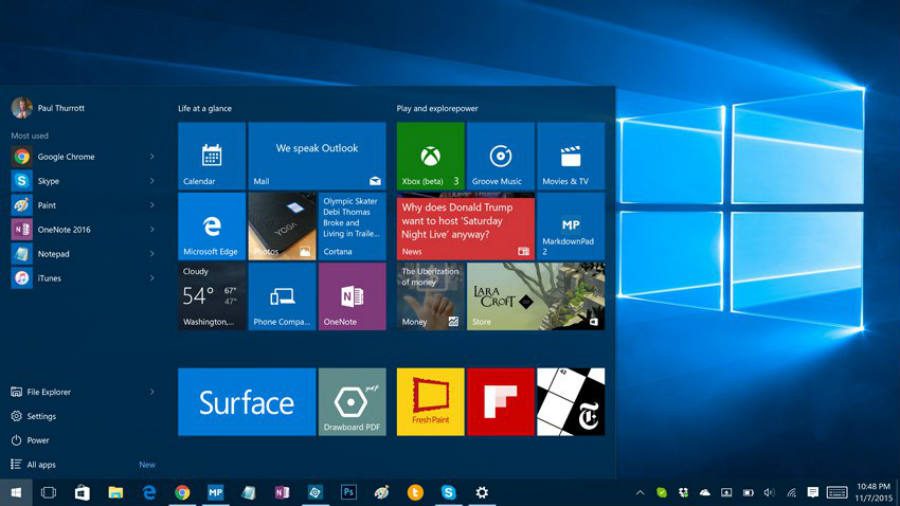U.S. – Microsoft Corporation (NASDAQ: MicrosfotMSFT) is updating its Windows Store so users can download all of Window’s apps directly from the the inbuilt application browser. Developers will migrate their programs to the Windows 10 Store.
Months ago, Microsoft announced the Desktop Bridge program, enabling developers to easily bring their existing games and apps over to Windows 10 via the Universal Windows Platform (UWP). The migration reaches all W 10 devices, including phones, Xbox One and HoloLens.
The first apps will arrive in a few days. Evernote, Arduino IDE, PhotoScape, MAGIX Movie Edit Pro, Virtual Robotics Kit, Relab and SQL Pro will be available for all Windows 10 customers running the Anniversary Update.
Microsoft wants their clients to get their programs from the trusted Windows Store, with little to no necessity to search for them in internet browsers.
Windows is giving its old apps a second chance
The power behind the move is Project Centennial, as companies can rebuild any Windows app of the last decade and put them on the shelves of the online store.
The Desktop Bridge offers a range of tools to make the port easy, including access to the newest API’s like Cortana, Live Tiles, and Action Center to provide support for thousands of scenarios across Windows.
Microsoft also made the Desktop App Converter available in the Windows Store.
Win32 programs vs Windows Store apps
Win32 is nothing more than the traditional programs anyone can download online or install via a CD or USB stick. The programs run in the traditional desktop UI and are native to either Win32/COM API or Microsfot.NET Framework API.
All software made for Windows XP, Vista and seven are considered a Win32 app and boast all the advantages of running in the native system. Windows Store Apps (former “Metro-style app” in Windows 8) feature a simplified user interface that resembles mobile apps’ looks.
All of the inbuilt programs for Windows 10 and 8 are in this category, and they run in a chromeless window and can interact smoothly with touchscreens. They perform better on phablets, tablets or computers with sensitive screens.
However, they still don’t boast the same potential as the regular versions. A well-optimized desktop app running on, say, C++ language, can be significantly faster than the “Metro” version. Desktop Bridge aims to make the new apps as powerful.
“We are excited to bring our full-featured Evernote app to the Windows Store,” said Evernote’s vice president of engineering Seth Hitchings. “The Desktop Bridge vastly simplifies our installer and uninstaller.”
The popular app for note taking already has a version in the Windows Store, but it does not have all the features of its Win32 app.
Source: Windows Blogs



